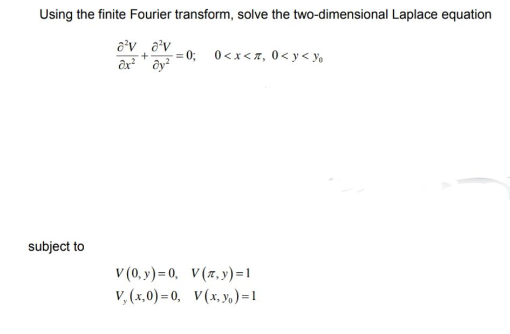
AllQuestion and Answers: Page 742
Question Number 144734 Answers: 0 Comments: 0

Question Number 144733 Answers: 0 Comments: 0

Question Number 144727 Answers: 2 Comments: 0
Question Number 144724 Answers: 0 Comments: 0

Question Number 144721 Answers: 0 Comments: 0
Question Number 144720 Answers: 1 Comments: 0
Question Number 144716 Answers: 1 Comments: 0
$$\int\left(\frac{{dx}}{{e}^{\mathrm{2}{x}} +\mathrm{1}}\right)=? \\ $$
Question Number 144708 Answers: 2 Comments: 0
Question Number 144705 Answers: 1 Comments: 0
Question Number 144702 Answers: 1 Comments: 0
Question Number 144701 Answers: 2 Comments: 0
Question Number 144700 Answers: 1 Comments: 0
Question Number 144699 Answers: 3 Comments: 0
Question Number 144697 Answers: 2 Comments: 0
Question Number 144693 Answers: 1 Comments: 0

Question Number 144691 Answers: 1 Comments: 0

Question Number 144684 Answers: 1 Comments: 0
Question Number 144683 Answers: 1 Comments: 0
Question Number 144682 Answers: 1 Comments: 0
Question Number 144663 Answers: 1 Comments: 0
Question Number 144662 Answers: 1 Comments: 0
Question Number 144676 Answers: 1 Comments: 0
Question Number 144645 Answers: 2 Comments: 0
Question Number 144639 Answers: 0 Comments: 0

Question Number 144638 Answers: 1 Comments: 0
Question Number 144636 Answers: 1 Comments: 0
Pg 737 Pg 738 Pg 739 Pg 740 Pg 741 Pg 742 Pg 743 Pg 744 Pg 745 Pg 746
